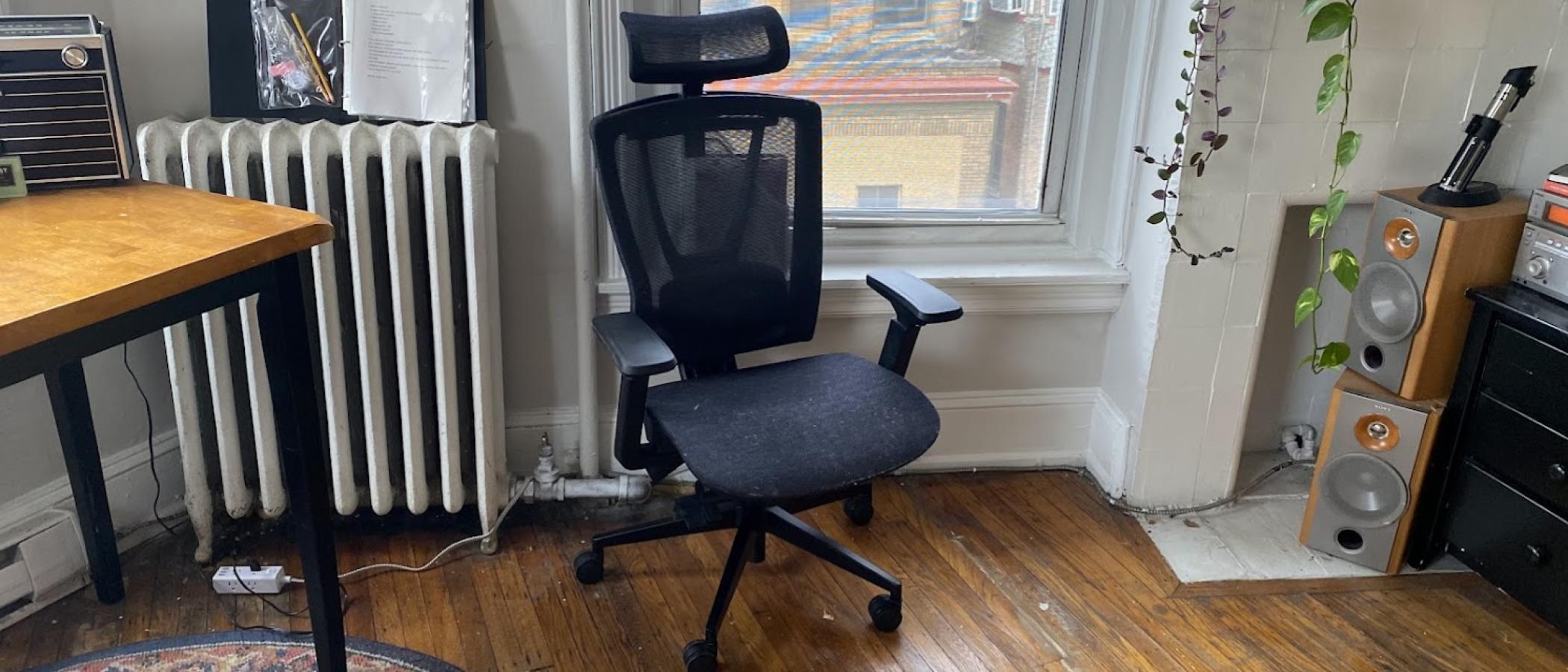Tom's Guide Verdict
The newest office chair from Autonomous is built like a tank, but that doesn't mean it's uncomfortable. An updated mesh lining is leagues more breathable than the foam seat cushion on the ErgoChair Mesh's predecessor, and its recline angle and resistance is adjustable at multiple points. I simply wish this chair weighed half as much and took half as long to put together.
Pros
- +
Incredibly sturdy
- +
Breathable mesh lining all over
- +
Manageably sized packaging
Cons
- -
Quite heavy
- -
Longer assembly than expected
Why you can trust Tom's Guide
Taking a look at the name of this new chair from Autonomous, I bet you're scratching your head about the material the brand used to update the foam seat cushion on the ErgoChair Pro, huh?
Jokes aside, for the mesh lovers out there, this new-and-improved chair takes the Pro's geometry and adjustability and gives it just a shade more breathability, which promises some relief for those of us who are dreading the hot temps of summer. I can't help but find it funny that the bulk of my testing for this chair happened during a record-breaking cold spell in Philadelphia, but my increased misery while shivering at my desk is simply a testament to this chair's impressive heat transfer.
Despite my fickleness in the cold, I have plenty of nice things to say about this chair. To see how it might be a good fit for you, read on for a deep dive into how the ErgoChair Mesh excels.
Autonomous ErgoChair Mesh: Cheat Sheet
- What is it? A fully mesh-lined version of one of Autonomous's best, most adjustable office chairs.
- Who is it for? Home office workers in warmer climates who prize adjustability and sweat-free clothes.
- How much is it? The ErgoChair Mesh will run you $549 at Autonomous.com.
- What do we like? Impeccable breathability, multiple points of recline adjustment, and a bulletproof body.
- What don't we like? Hulking weight and an assembly that took much longer than some other Autonomous chairs.
Autonomous ErgoChair Mesh: Specs
| Seat height | 18.5 – 21.5 inches |
| Maximum load | 300 pounds |
| Weight | 48.5 pounds |
| Materials | Polyester-polyamide mesh |
| Warranty | 2 years |
Autonomous ErgoChair Mesh: The ups
It might seem melodramatic to gush about an office chair, but I have plenty of reasons to commend Autonomous for this chair's design and comfort. Here are some of the most prominent positives I noticed during testing.
A headrest I don't hate
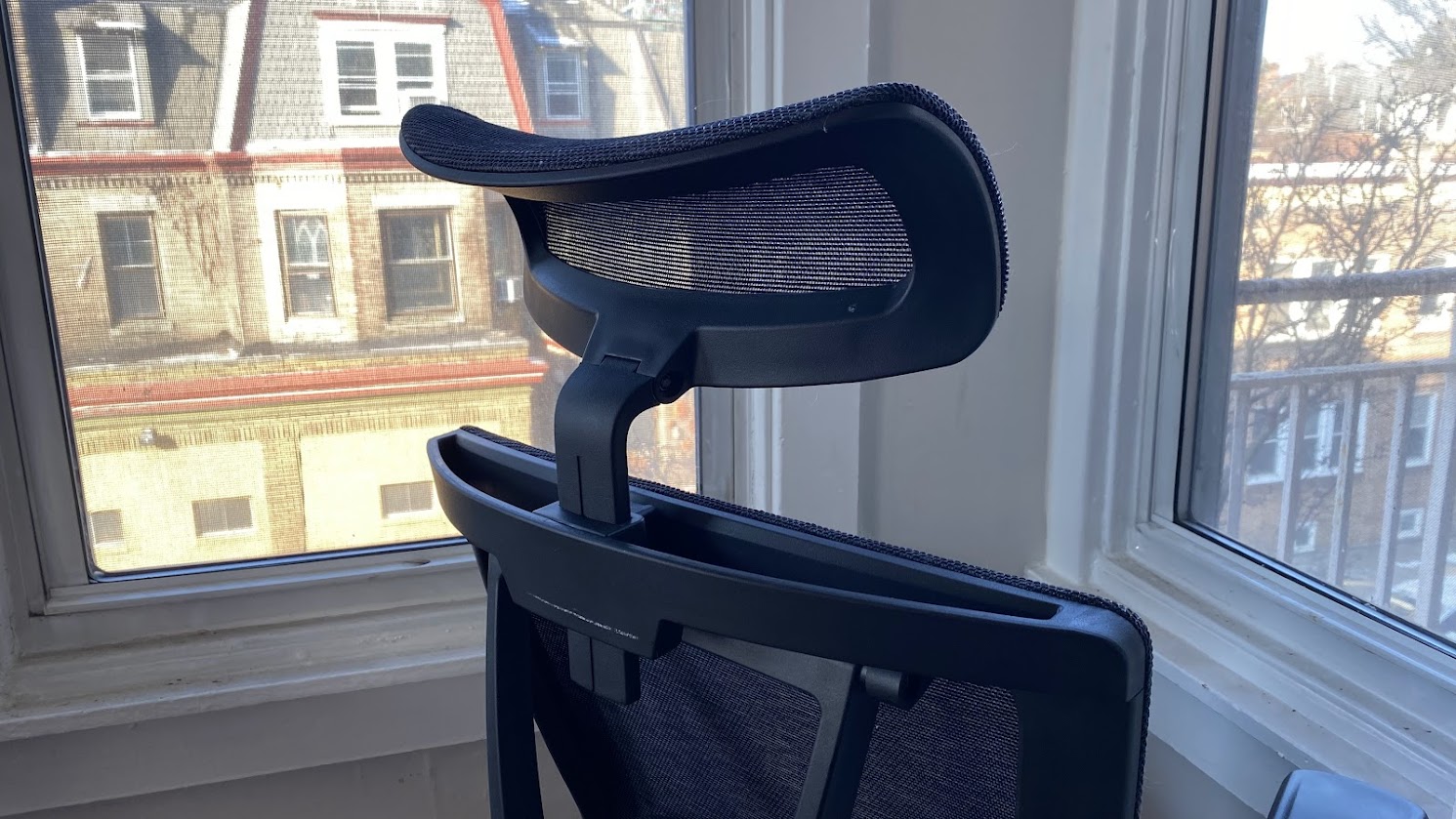
I already went off about my frustrations with headrests when I gave my first impressions of the ErgoChair Mesh, but I'll say it again here: I simply don't find them comfortable. I acknowledge their role in making the best gaming chairs more comfortable, but I think they can get in the way of the way I naturally sit. Typically, I shift from side to side throughout the day, but headrests tend to lock my head in place and prevent this movement.
What's nice about this headrest is that it's super wide, which means I can rest on it in multiple positions, and it's also set farther back than many others I've tried. This means it's out of the way while I'm in a more upright posture, but it's still there to provide support on the off chance I decide to lean back for a minute and collect myself.
I also love that if I do decide to remove this headrest, I can do it by unscrewing just two bolts and sliding it clean out. No fussing with weird rubber plugs or annoying, hard-to-reach screws this time.
A huge seat
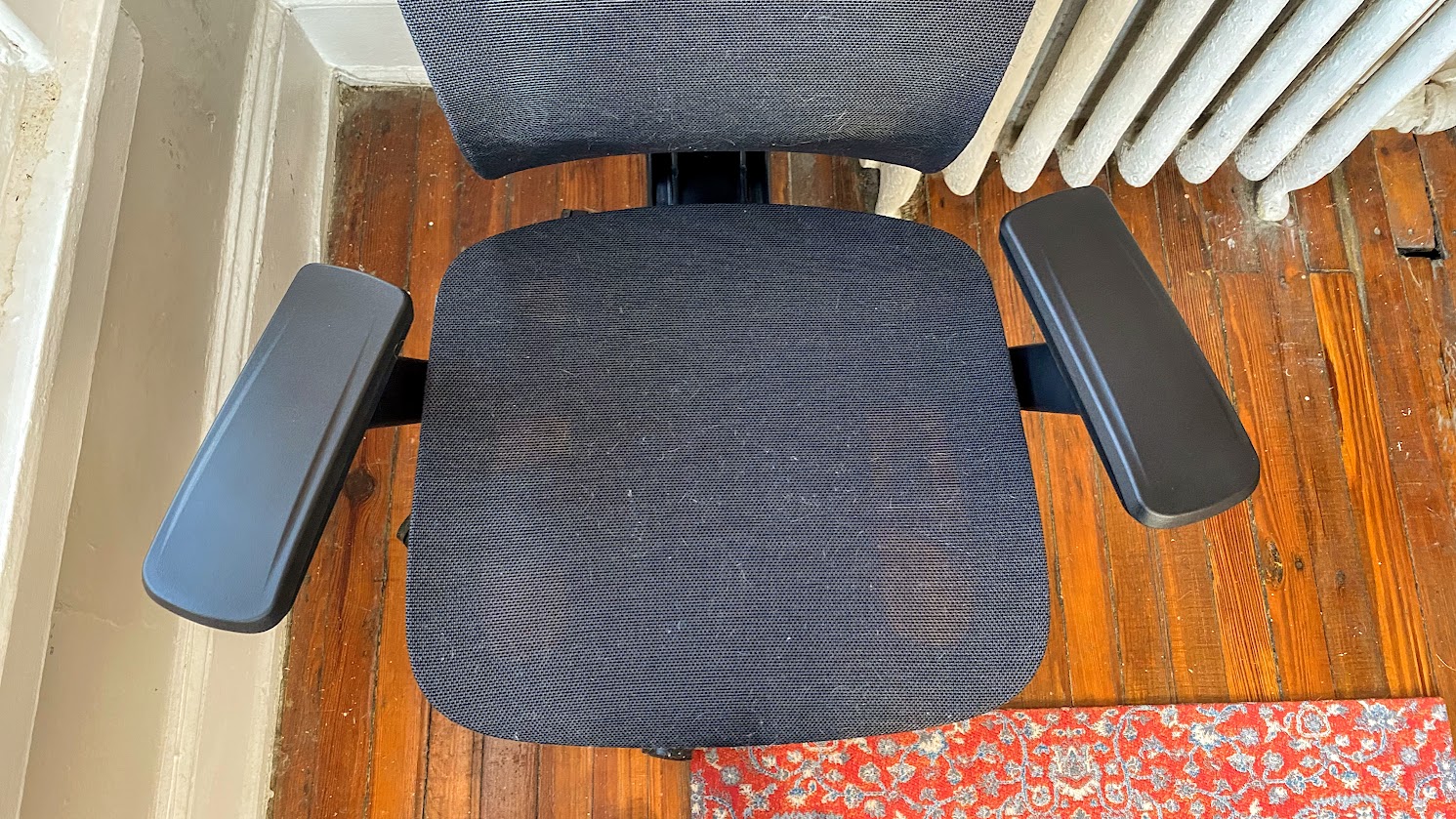
When an office chair is too small, it can feel a little like it's kicking you out of itself. I had this problem with several cheap chairs I tested recently, and it had me longing for a big boat of a cushion into which I could sink my whole body. The ErgoChair Mesh delivered on that wish just the way I wanted it to.
Not only is the seat cushion huge on its own, but you can adjust the armrests and backrest to move farther away from the base to give you unparalleled elbow room. I don't even have a particularly large build, but I love to have freedom of movement since I tend to get stir-crazy after a long day at my desk.
This abundant space does make this chair pretty huge, which might cause problems if you have a small office. That said, the tiny second bedroom in my apartment that I use for my office seems plenty accommodating for the ErgoChair Mesh.
Multiple recline adjustments
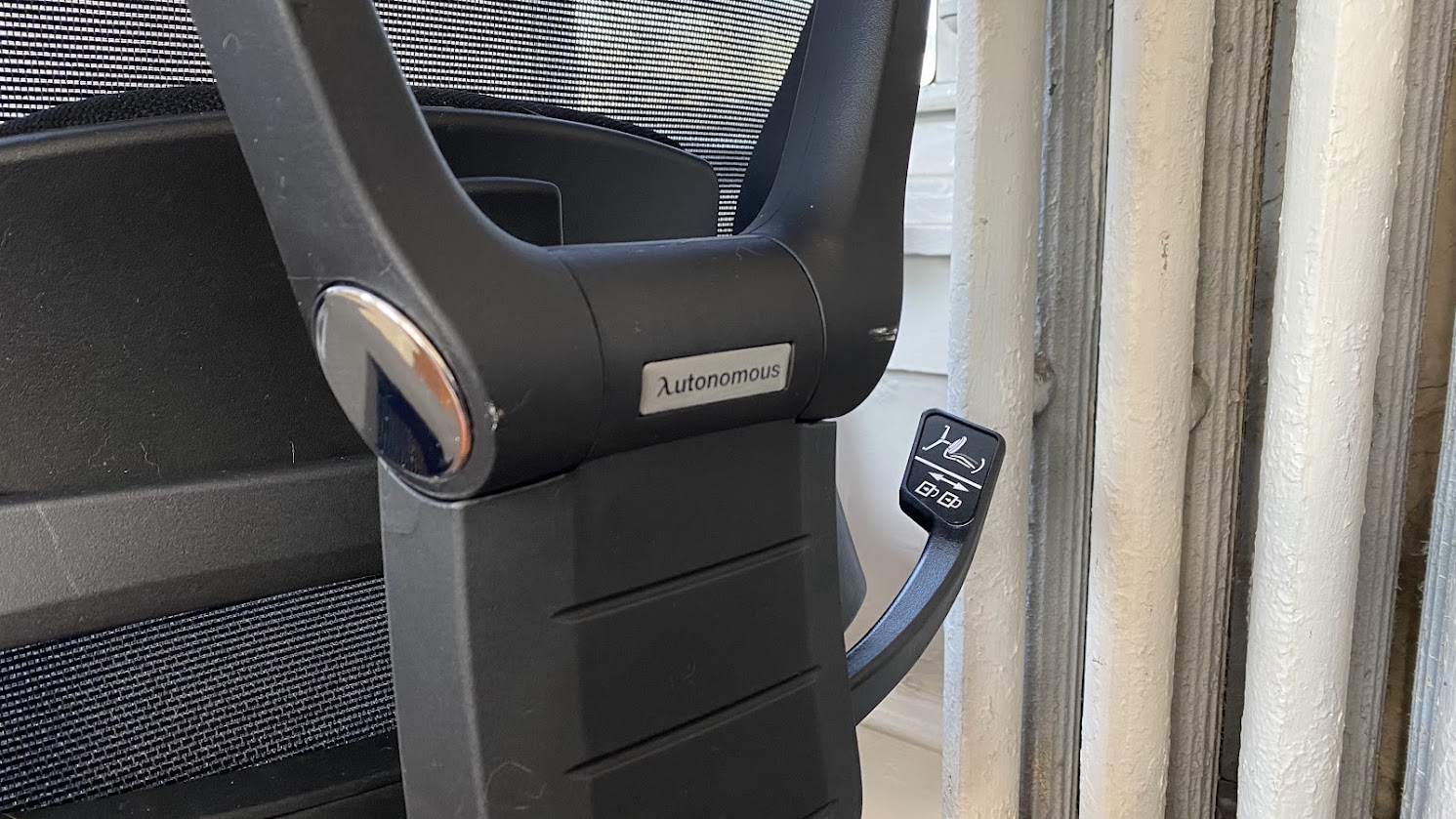
Sometimes, when it comes to moving parts on an office chair, less is more. But that's not the case here.
Instead of a single pivot point at the base of the chair, the backrest can actually hinge at two separate points: the second is about halfway up the spine of the chair.
This second adjustment affects how far back the backrest sits when you don't have any load on it. If keeping the tilt spring unlocked normally makes you feel like you're in an ejector seat that's launching you forward, this remedies that issue quite comfortably.
On top of that adjustment, you get the same tilt resistance adjustment crank under the seat that Autonomous has on most of its other chairs. This helps you find the perfect balance point for your recline so you can suspend yourself and free up your back for extra movement.
Autonomous ErgoChair Mesh: The downs
I don't have too many negative things to say about this chair, but there were a few moments early in the testing process that had me grinding my teeth a little. Here they are.
Unexpectedly long assembly
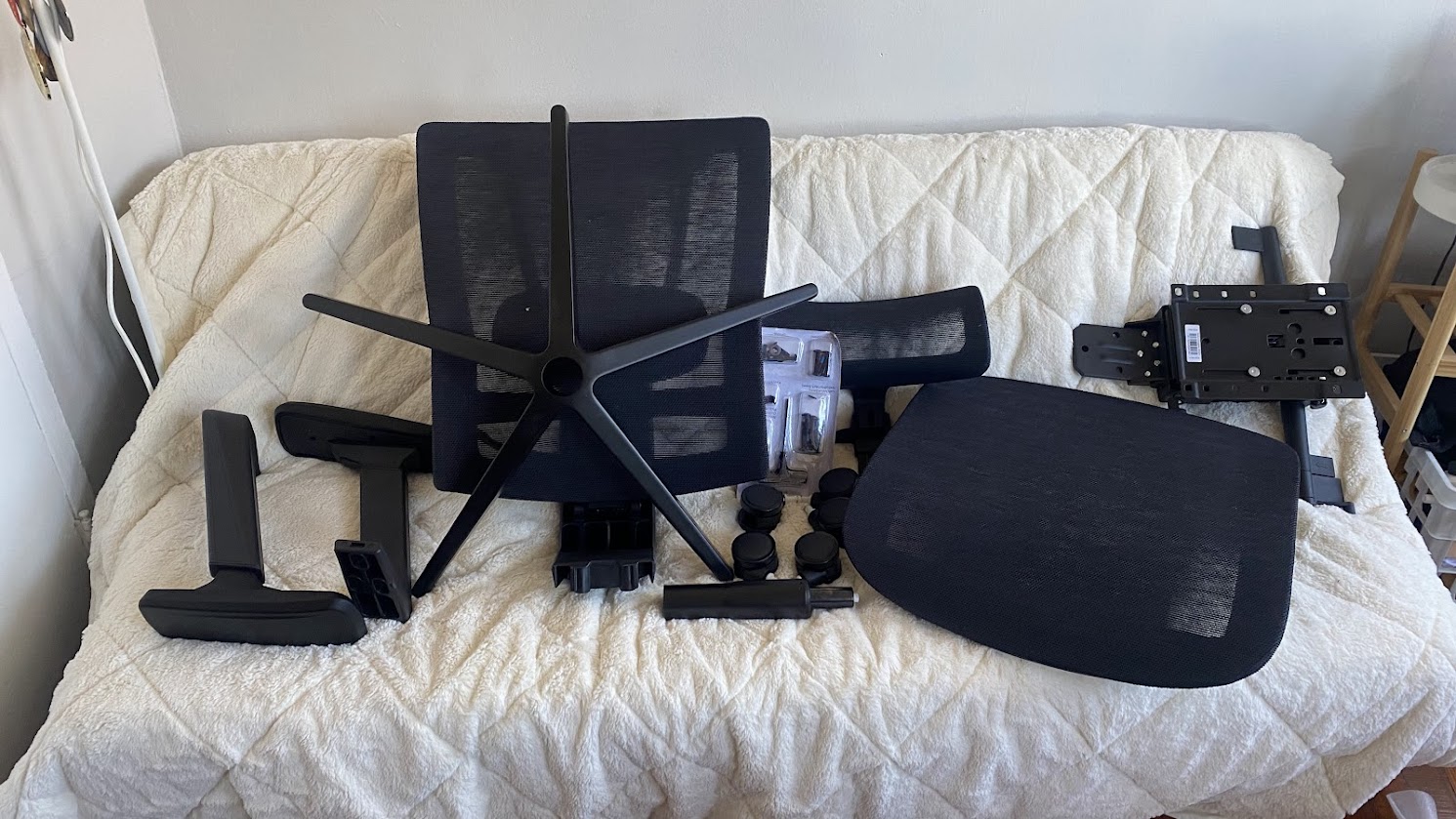
To Autonomous's credit, there was nothing about the assembly process for this chair that was necessarily difficult. Everything slotted together just fine, and there were even some sneaky cutouts and compartments that made tightening bolts astronomically easier. The only gripe I had was with the amount of time it took.
The last Autonomous chair I tested, the ErgoChair Ultra 2, came in only three pieces and required no tools at all. In contrast, the ErgoChair Mesh came in approximately one million-billion pieces (more accurately, about 13 pieces, plus bolts). I shouldn't be complaining too much, because there were no snags in the assembly process whatsoever, but assembly did take more time than I had budgeted.
On the bright side, because this chair was more disassembled, I managed to haul it into my apartment instead of having to put it together in the hallway like the Ultra 2. I count that as a win.
Hefty, hefty, hefty
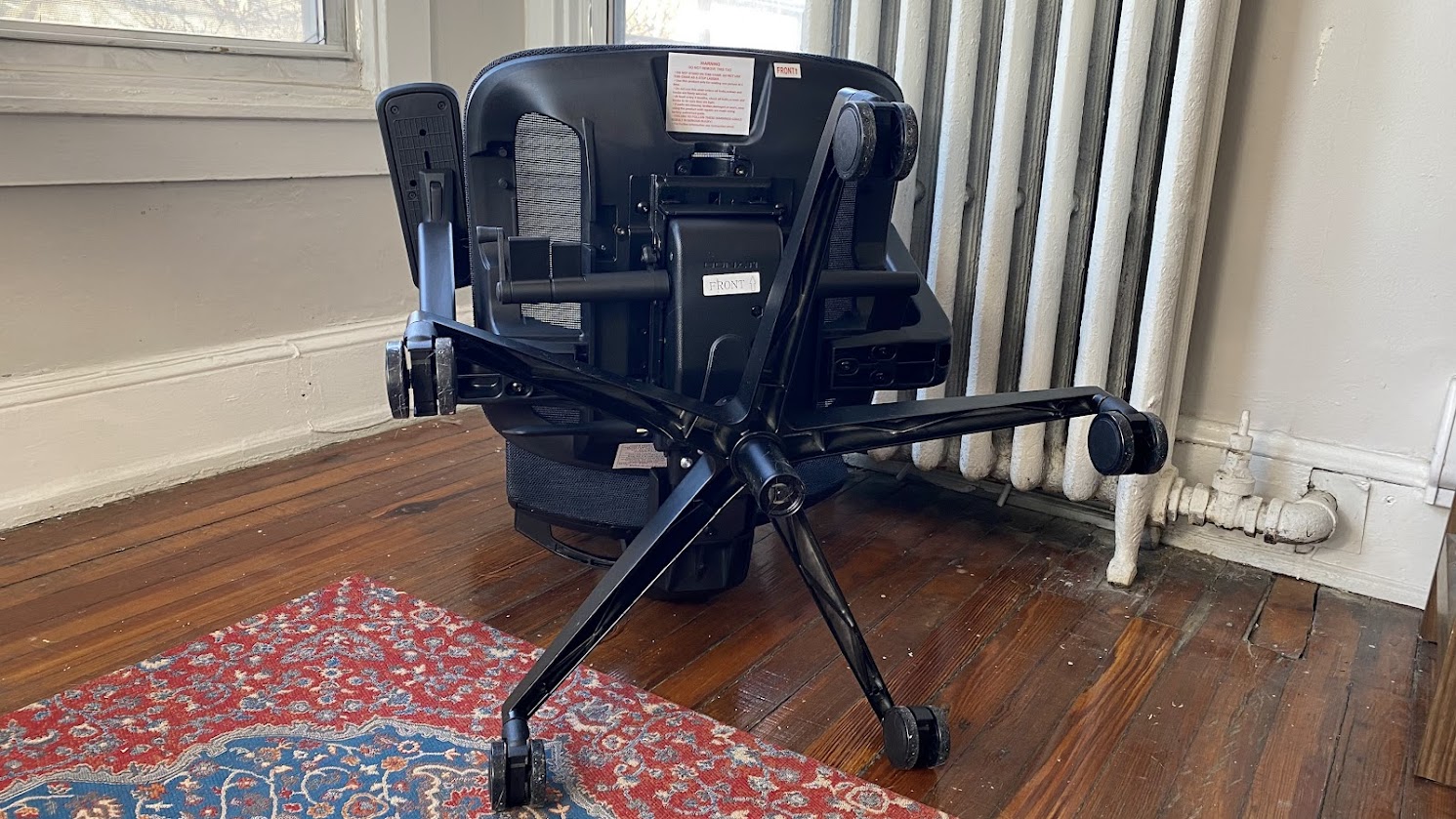
I really appreciate how sturdy this chair is — it feels like you could put a dozen bullets through it and it would feel the same. But holy moly, does this thing weigh more than I feel it needs to. It's just shy of 50 pounds, every ounce of which I felt while lugging this thing up the stairs in its box.
Once assembled, I wouldn't normally complain about the weight, but I did notice that this chair was so heavy that not even my desk mat could slow its inevitable descent across my office toward the hallway.
If you're like me and you have slanted floors, I strongly recommend looking into some locking casters to swap out for the ones that come stock on this chair. In general, I wish more chairs came with these as a standard feature, but I'm ultimately content with groveling on the internet until that happens.
Autonomous ErgoChair Mesh: Verdict
Having a breathable office chair can be a huge deal if your workspace gets steamy during the summer months. With that in mind, I strongly recommend this chair or one like it for those nasty humid days. Even if it also gets cold in the winter, that's easy enough to fix by throwing a thick blanket over your chair.
Temperature preferences aside, there's plenty to love about the ErgoChair Mesh. It's tough, it's intuitive, and it's not a challenge to stay in for the whole day. I was out of breath after carrying this chair into a better-lit room to take the lead image, but I was also comfier while sitting in it than I have been since the last time I tested something from Autonomous. Take that, Amazon chair I bought for $40.
At the end of the day, I think this chair is well worth the money, especially if you like having as many ways as possible to fine-tune your office chair fit — or if you just want a totally huge one. Either way, I wager you'll settle into the ErgoChair Mesh rather quickly.

Adam Schram is a staff writer covering home office gear for Tom's Guide, writing about everything from standing desks to comfy chairs to the occasional walking treadmill. Prior to his tenure with the team, he reviewed running gear for Runner's World, cycling gear for Bicycling, and the occasional Lego set for Popular Mechanics. Before he became a journalist, he was a bike mechanic in his home town of State College, Pennsylvania for almost seven years. Now, he's based in Philadelphia. He spends his free time ripping his bike around local trails, perusing the local music scene, and trying in vain to do the Sunday crossword without cheating.
